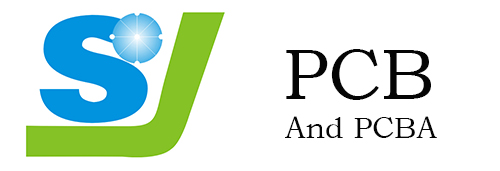1. Single panel
Single-Sided Boards On the most basic PCB, the parts are concentrated on one side, and the wires are concentrated on the other side (when there are patch components, it is the same side as the wires, and the plug-in device is on the other side). Because the wires only appear on one side, this PCB is called a single-sided board (Single-sided). Because the single board has many strict restrictions on the design circuit (because there is only one side, the wiring cannot cross but must go around a separate path), so only the early circuits use this type of board.
2. Double panel
Double-sided boards (Double-Sided Boards) This type of circuit board has wiring on both sides, but to use the wires on both sides, there must be a proper circuit connection between the two sides. This "bridge" between circuits is called a via. The guide hole is a small hole filled or coated with metal on the PCB, which can be connected to the wires on both sides. Because the area of the double-sided panel is twice as large as that of the single-sided panel, the double-sided panel solves the difficulty of wiring interlacing in the single-sided panel (it can be conducted to the other side through the hole), and it is more suitable for use on circuits that are more complicated than the single-sided panel.
3. Multi-layer board
Multilayer boards (MulTI-Layer Boards) In order to increase the area that can be wired, multilayer boards use more single or double-sided wiring boards. A printed circuit board with one double-sided inner layer and two single-sided outer layers or two double-sided inner layers and two single-sided outer layers is alternately connected through a positioning system and insulating bonding materials, and the conductive pattern The printed circuit boards interconnected according to the design requirements become four-layer and six-layer printed circuit boards, also known as multi-layer printed circuit boards. The number of layers of the board does not mean that there are several independent wiring layers. In special cases, empty layers will be added to control the thickness of the board. Usually, the number of layers is even and includes the two outermost layers. Most motherboards have a structure of 4 to 8 layers, but it is technically possible to achieve a PCB board with nearly 100 layers. Most of the large supercomputers use fairly multilayer motherboards, but because such computers can already be replaced by clusters of many ordinary computers, super multilayer boards have gradually been out of use. Because the layers in the PCB are closely integrated, it is generally not easy to see the actual number, but if you look closely at the motherboard, you can still see it.



